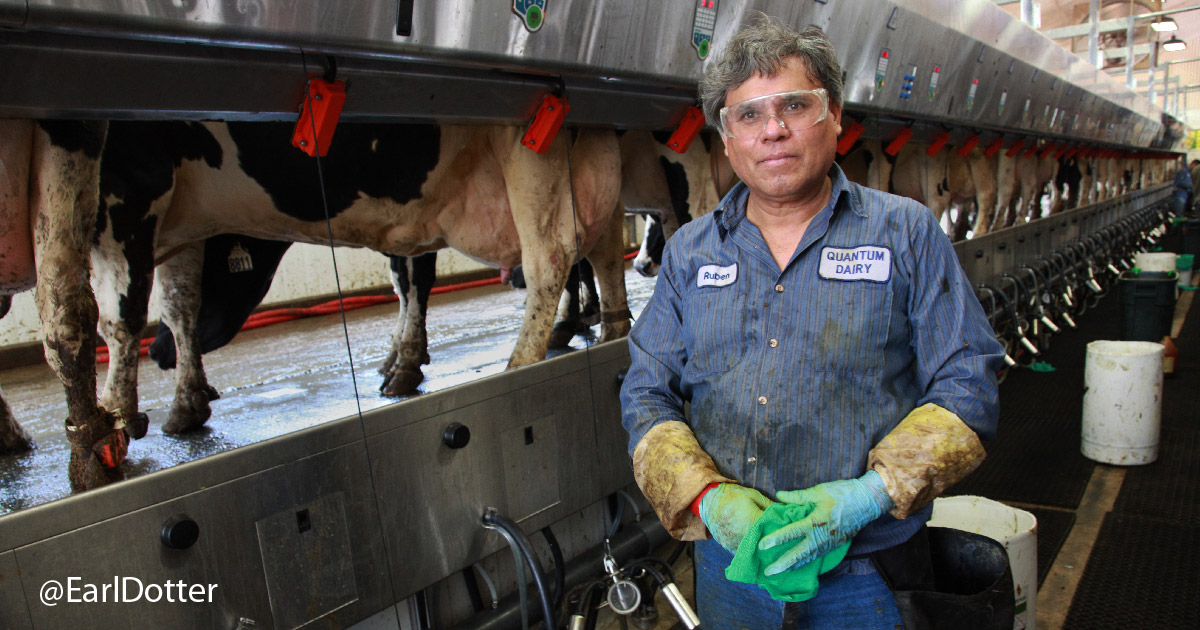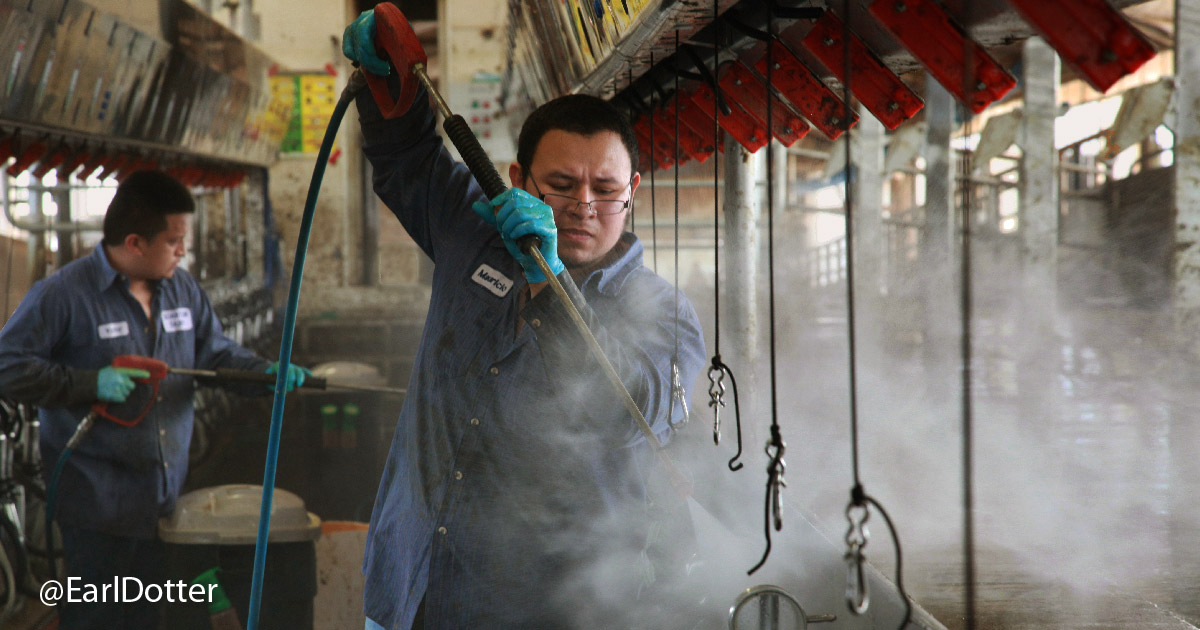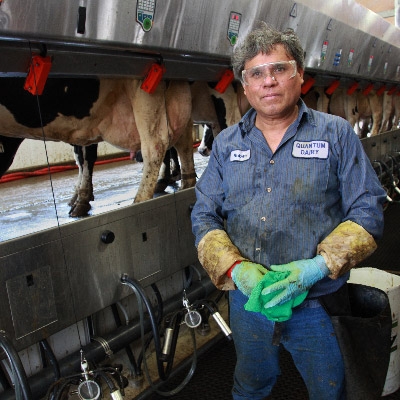New Research: Dairy Farm Owners Mobilized to Reduce Hazards

Agricultural work continues to be one of the most dangerous professions in the country. Dairy, in particular, has relatively high injury and fatality rates. Exempted from most labor regulations and shielded from regulatory scrutiny, farms are often left to identify any significant and worrisome safety and health concerns on their own. Meanwhile, every week, farm owners, their family members and hired workers are injured or die from preventable workplace injuries.
Yet, regulations need not be burdensome to be useful for farm owners. New research, co-written by Amy K. Liebman, MCN’s Director of Environmental and Occupational Health, examines the impact of dairy industry Local Emphasis Programs (LEPs) administered by OSHA or the Occupational Safety and Health Administration. LEPs are enforcement strategies intended to address specific hazards or industries that pose a heightened risk to employees. Liebman, along with her co-authors, show that farm owners of large dairies in Wisconsin and New York found the LEPs beneficial. The programs served as a “catalyst to reduce hazards on their farms.” The paper’s findings are a bright contrast to often unfounded claims that slashing regulation is synonymous with benefiting business owners.

“No one benefits when a worker is injured or dies on the job. More importantly, workplace deaths and injuries are largely preventable. Too often agricultural workers are put at unnecessary risk,” explained Liebman. “In the case of many of the dairies in our study, we found that farm owners are eager to find solutions to improve worker health and safety on their farms. These findings are important, as regulations can offer important guidelines for employers to follow. The LEPs in Wisconsin and New York underscore the importance of a meaningful regulatory approach to worker health and safety.”
The research, published in the newest issue of the American Journal of Industrial Medicine, concludes that “the LEPs helped raise dairy producers’ awareness of inherent hazards and methods to correct them."
Visit the article at the American Journal of Industrial Medicine page at https://onlinelibrary.wiley.com/doi/full/10.1002/ajim.22868. The paper’s DOI is: https://doi.org/10.1002/ajim.22868.
Like what you see? Amplify our collective voice with a contribution.
Got some good news to share? Contact us on our social media pages above.
Return to the main blog page or sign up for blog updates here.
- Log in to post comments

